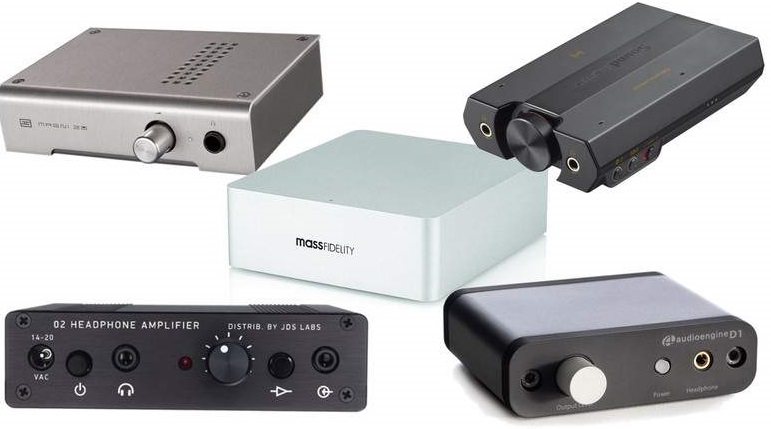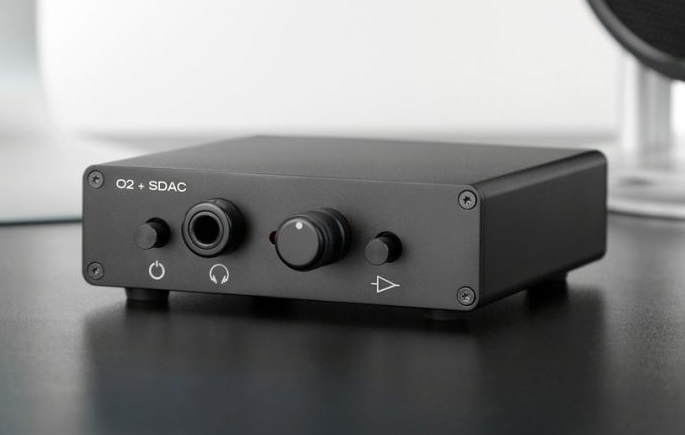Without a DAC, there is no music if your music files are stored digitally. However, compared to analog media, it makes it possible to store and transmit significant amounts of multimedia content of the highest quality and without signal loss.
However, human eyes and ears perceive the world around them as analog, therefore, a special transducer is required for “decoding”.

What is DAC?
A DAC is an interface between digital formats and an analog audio system. In the modern world, most often music is stored in the form of digital files (binary code) on flash drives, hard drives, on the Internet. An analog signal (current and voltage) is required to reproduce the sound on a speaker system or in headphones. A DAC is a device that converts digital audio information to analog.
In professional activities, an ADC (analog-to-digital converter) is used, which has an inverse function – to convert an analog signal to digital, that is, to record sound into digital format.

Connection of the DAC
Almost all DACs now have a USB connection. The connection to the source is as simple as possible. All you need is a USB cable. If there is no complete one, then it is necessary to buy a high-quality shielded cable, up to 3 meters long. Longer cables can create unstable data transmission. So you should connect the DAC to the USB connector which is located directly on the source motherboard.
The next step is to connect the DAC to the amplifier. This is done using RCA cables. The choice of RCA cables should also be taken responsibly. For the best audio transmission, oxygen-free copper cables must be selected to ensure good contact. Connect one end of the cable (2 RCA plugs) to the DAC connectors, the other end (2 RCA plugs) to the amplifier connectors.
The final step in introducing the DAC to the audio system is to connect the power. If you have a DAC with power in the form of a transformer, then you just need to connect the cable to the 220 V. There are also DACs with an external 9-12 V power supply.




